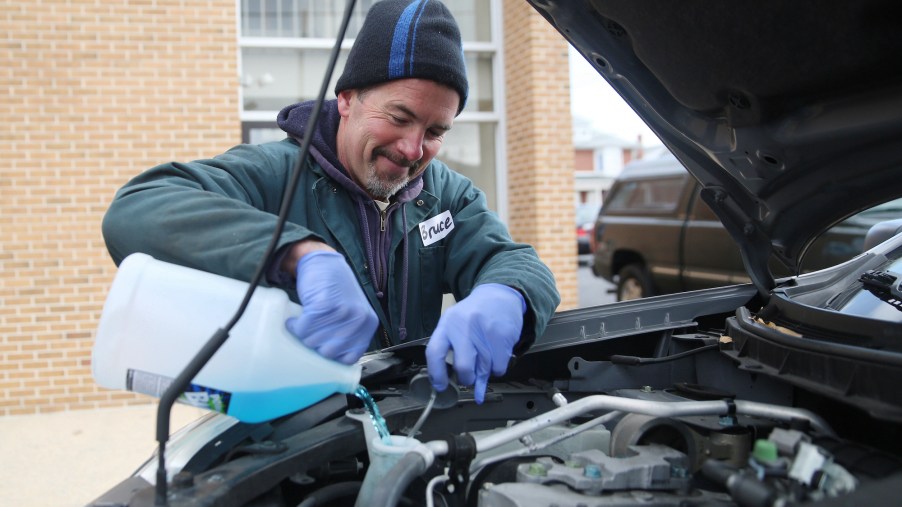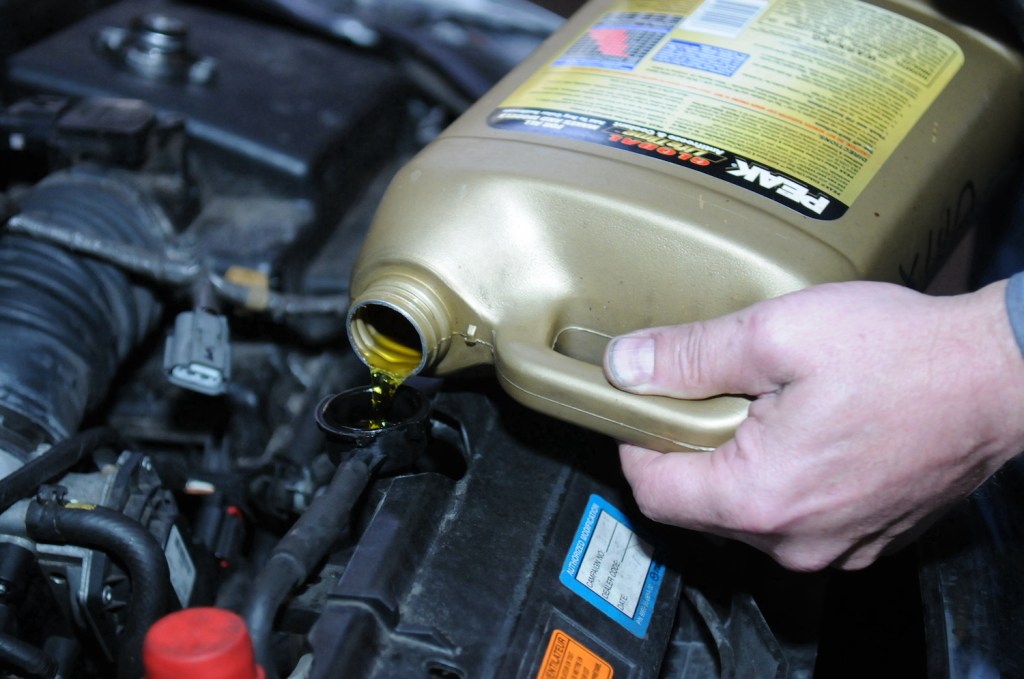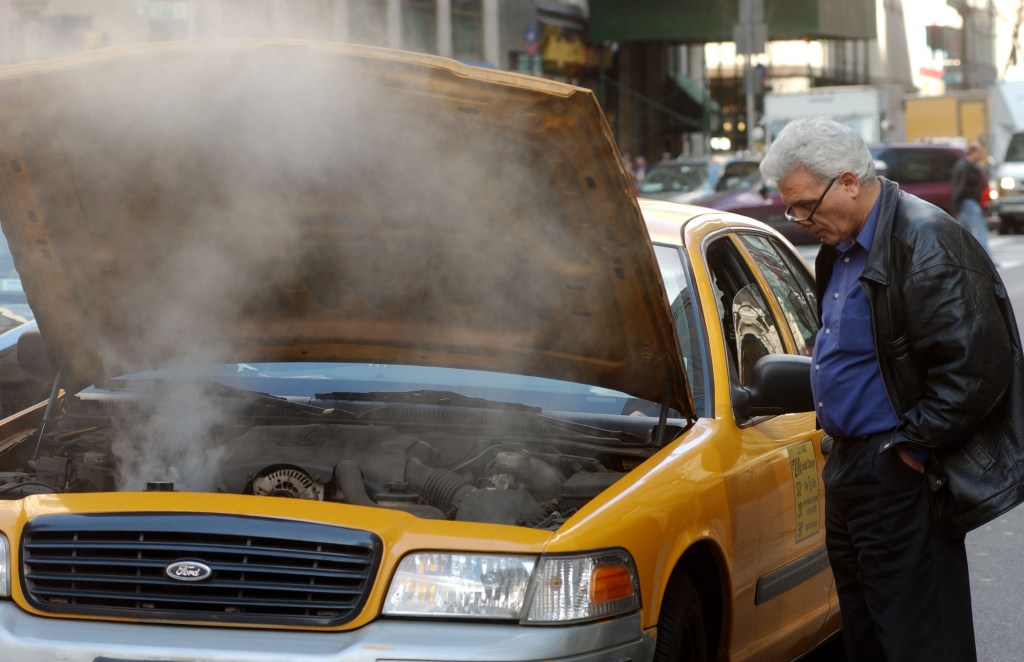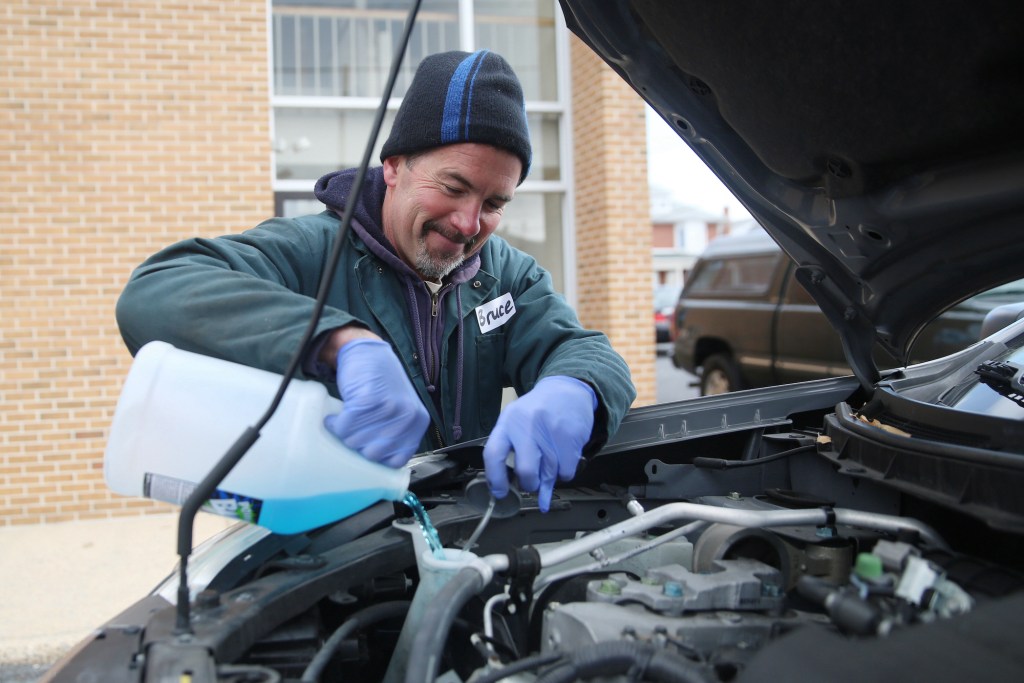
How Do You Check Your Car’s Antifreeze?
If you’ve spent any time around cars, you’ve at least heard the term antifreeze. “Coolant” is another word that many people use interchangeably with antifreeze. However, the two are technically slightly different. Regardless of what we call it, it is key to keeping our cars running. So, how do you check your car’s antifreeze?

What is the difference between antifreeze and coolant?
Coolant is the general name for whatever you put in your radiator to lubricate and cool your engine. A typical coolant is half antifreeze – the nasty chemicals that do most lubricating – and half water. The antifreeze also keeps the water in your coolant from freezing in the winter, hence the name. Some companies sell pre-mixed coolant, while some people prefer to mix their own.
Again, regardless of how you choose to keep your car cool or what you want to call it, the important thing is always to make sure you have enough coolant.
How do you check your car’s coolant?

Checking your car’s coolant should be on your shortlist of action steps if your car ever acts funny. Typically, your car will let you know if it needs coolant. The way your car will tell you this is often with a great cloud of steam and a dead engine. These are the most common symptom of a car that’s overheated.
The best way to keep your car from overheating is to ensure it has the proper amount of coolant. To check your coolant, the Family Handyman has provided a few easy tips to do this accurately and safely.
The radiator cap is one of the easier parts to find under the hood of a car. It is here where you can check your coolant levels. Before going any further, NEVER open your radiator cap while your car’s engine is running or even still warm after shutting off. This is very dangerous and can result in serious burns. Make sure the car’s engine is cool before opening the radiator.
How to change your car’s antifreeze?

First, once your car has cooled down, meaning you can touch any part of the engine without it being too hot, remove the radiator cap with a rag, just in case there is still any pressure inside the radiator.
Once the cap is removed, the first step is to check underneath the cap and see if there is any brown sludgy residue. This is an indication that it’s time for a coolant change. Also, you should check inside the radiator with a flashlight to see the coolant level. If it looks brown or thick, or if you can see particles, it’s also time to change the coolant.
You can get a better look at the coolant if you look at the coolant reservoir. Even if you don’t know the original color of the antifreeze, if the coolant is still a vibrant bright color (yellow, blue, green, orange, etc.), then the coolant is probably fine.
A more measured approach would be to use a hydrometer that you can stick in the coolant reservoir. If the antifreeze mixture is significantly below 35 F on the meter, it’s time for a coolant flush.
How often should you flush your radiator coolant?
After giving your antifreeze mixture the eye test and a hydrometer reading, you should know if you need more coolant or if you need a total coolant flush. If you need a flush, then you can consult your car’s manual or the internet to find the drain plug. Once you have placed a container underneath to collect the coolant, open the plug and let the old coolant drain completely.
Once all the fluid has drained, mix 50/50 antifreeze (consult your car’s manual for the proper antifreeze to use) and distilled water. Use this mixture to refill the reservoir once you put the plug back in.
If you inspect your coolant and it is still good, but the level is a bit low, then make the same mixture and simply top it off.
Your radiator reservoir should have a max fill line. Find and fill accordingly.
Flushing your radiator should be a fairly uncommon job to do. However, checking your coolant should be a regular part of your car maintenance routine. Experts say these checks should be done at least every three years or 36,000 miles. Some say their vehicles can go for up to five years or 150,000 miles.



